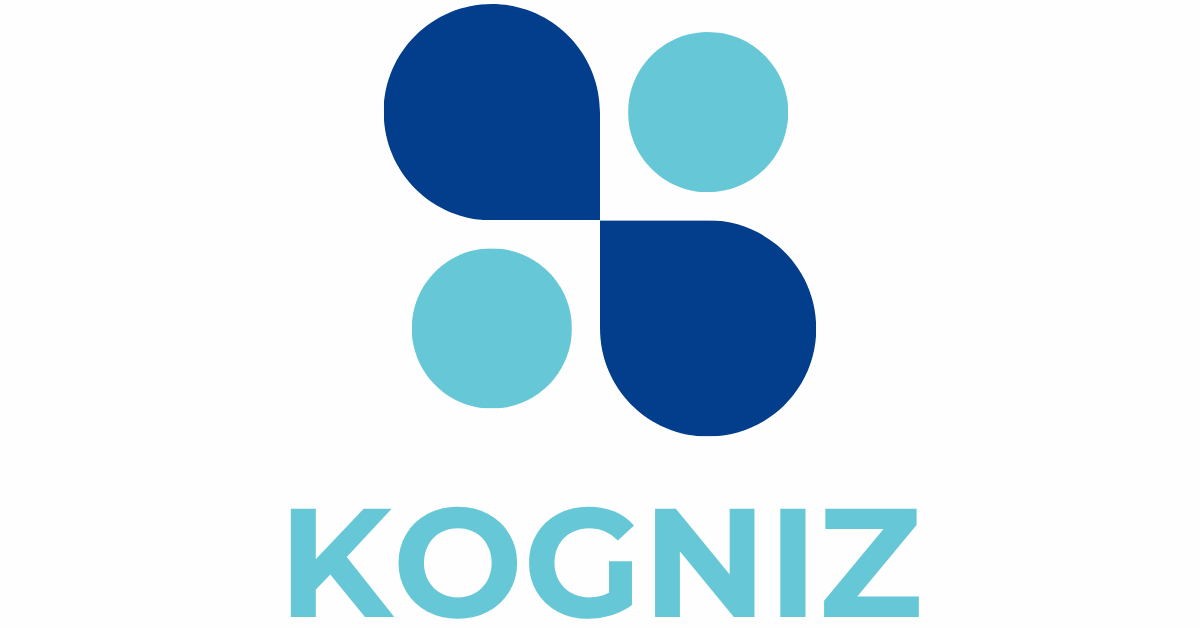Designing a poster might seem as easy as slapping a few images together and calling it a day, but it’s way more than just a pretty picture. A well-crafted poster grabs attention, communicates a message, and leaves a lasting impression. Whether it’s for a concert, a charity event, or that epic bake sale, understanding the art of poster design is crucial.
Table of Contents
ToggleUnderstanding Poster Graphic Design
Poster graphic design plays a crucial role in visual communication. It combines imagery, text, and layout to convey messages effectively and capture attention.
Importance of Poster Design
Poster design significantly impacts the audience’s perception. A striking visual can draw viewers in and spark interest in an event or cause. Statistics show that 70% of individuals remember information better when it’s presented visually. Posters serve as advertising tools and influence decisions, prompting actions like attending events or supporting initiatives. They also create brand awareness, enabling organizations to establish a identity and connect with their audience.
Elements of Effective Design
Effective poster design relies on several key elements. First, clarity in messaging captivates the audience’s attention. Next, color choices should evoke emotion and align with the brand’s identity. Typography must be legible, highlighting important details without overwhelming the viewer. Additionally, images need to be high-quality, enhancing the overall aesthetic and conveying the message. Finally, the layout should balance all elements, guiding the viewer’s eye through the poster effortlessly.
Steps to Designing a Poster
Designing a poster involves careful planning and execution. Each step in the process contributes to a final product that is effective and visually appealing.
Define Your Purpose
Start by identifying the message the poster needs to convey. Understanding the objective helps in tailoring the design elements to fit specific goals. For instance, a promotional poster for a concert may prioritize vibrant colors and bold fonts to attract attention, while an informational poster for a community event might focus on clarity and readability. Consider the target audience as well; knowing who will view the poster guides design decisions. Whether the aim is to inform, entertain, or persuade, the purpose shapes the entire design strategy.
Choose Your Format
Selecting the right format plays a crucial role in poster design. Options include digital formats for social media or large prints for physical locations. Each format requires unique considerations, such as resolution and aspect ratio. Additionally, different presentation settings, like walls or online platforms, dictate format choices; large events may require stand-alone posters, while smaller gatherings could benefit from flyers. Emphasize clarity in design regardless of the format chosen. Ultimately, the right format complements the overall message and improves audience engagement.
Tips for Graphic Design
Effective graphic design enhances poster impact. Designers must prioritize clarity and visual appeal.
Color Choices and Typography
Colors evoke emotional responses. Warm tones attract attention while cool shades convey calmness. Selecting a color palette that aligns with the poster’s message ensures consistency. Typography requires careful consideration as well; font styles should enhance readability. Sans-serif fonts often work best for clarity, particularly in digital formats. Utilizing a maximum of two to three font styles maintains cohesiveness and prevents visual clutter. For emphasis, mixing bold and regular weights in titles and subtitles can create a hierarchy that guides viewers’ focus.
Layout and Composition
An organized layout directs the viewer’s eye effectively. Start by defining a focal point; this aspect draws attention first. Utilizing the rule of thirds can create a dynamic composition, placing important elements along imaginary grid lines. Consistency in margins and spacing prevents a cluttered appearance and fosters balance. Visual flow enhances the connection between design elements, allowing viewers to engage with the content intuitively. Incorporating white space strategically can improve readability and make crucial information stand out.
Tools for Designing Posters
Effective poster design relies on the right tools. Various software and online resources play essential roles in producing professional-quality graphics.
Software Options
Adobe Creative Suite remains a top choice among designers. Photoshop offers extensive image editing features, while Illustrator enables users to create vector graphics with precision. Canva serves as a user-friendly alternative, ideal for beginners aiming to design posters quickly. Inkscape provides free vector graphic editing with powerful tools. Affinity Designer stands out for its affordability, offering a comprehensive set of design functions. Each option caters to different expertise levels, enhancing creativity and efficiency.
Online Resources
Numerous online platforms offer valuable resources for poster design. Unsplash and Pexels provide high-quality, royalty-free images suitable for various themes. Designspiration and Behance serve as inspirational hubs, showcasing creative work from designers worldwide. Additionally, Pixabay features an extensive library of images and illustrations. Tutorials on platforms like YouTube and Skillshare enrich skills through video learning. These resources support designers in finding inspiration and improving their skills.
Common Mistakes to Avoid
Designers often overlook the importance of a clear message. Without clarity, the audience might misinterpret the purpose of the poster. Poor font choices can also sabotage a design; using more than three different fonts dilutes the message and creates confusion. Choosing overly complicated graphics detracts from the focal point, leading viewers away from the intended message.
Ignoring color theory leads to ineffective emotional communication. Colors like red attract attention, while blue conveys calmness; using colors inconsistently may confuse the audience. Neglecting proper spacing can clutter the layout, obstructing the viewer’s eye from following key information effortlessly. A crowded design can overwhelm the audience, making it challenging to absorb the intended message.
Many forget the significance of high-resolution images. Blurry visuals negatively impact audience perception, reducing the overall professionalism of the design. Designers commonly fail to adapt their layouts for different formats, whether it’s for street posters or social media. A lack of adaptation might lead to a design that looks great on one medium but falls flat on another.
They often underestimate the power of white space. Effective use of white space enhances readability and draws attention to important details. Lastly, rushing through the design process frequently results in a lack of revision; refinement is essential for high-quality outcomes. Taking the time to revise catches errors and boosts the overall impact of the poster.
Conclusion
Effective poster design is a powerful tool for communication that can leave a lasting impression. By understanding the target audience and purpose, designers can create visuals that resonate and engage. Utilizing the right tools and techniques not only enhances the aesthetic appeal but also ensures clarity and impact.
Avoiding common pitfalls like poor font choices and cluttered layouts is crucial for successful designs. With careful attention to detail and a focus on key design principles, anyone can create posters that effectively convey their message. Embracing creativity while adhering to best practices will lead to memorable and impactful poster graphics.






